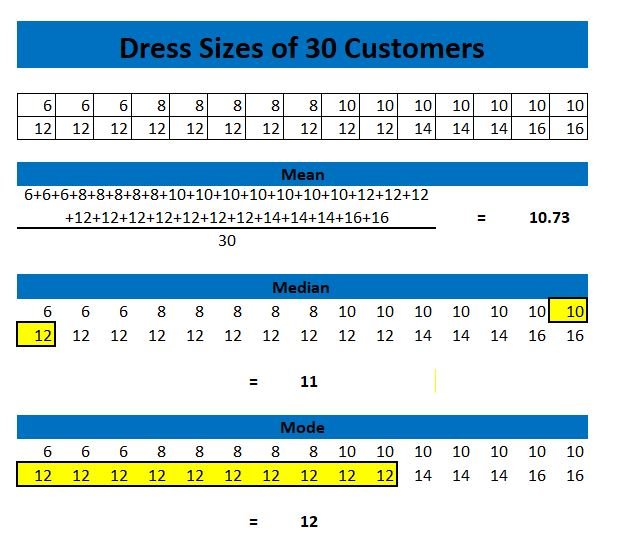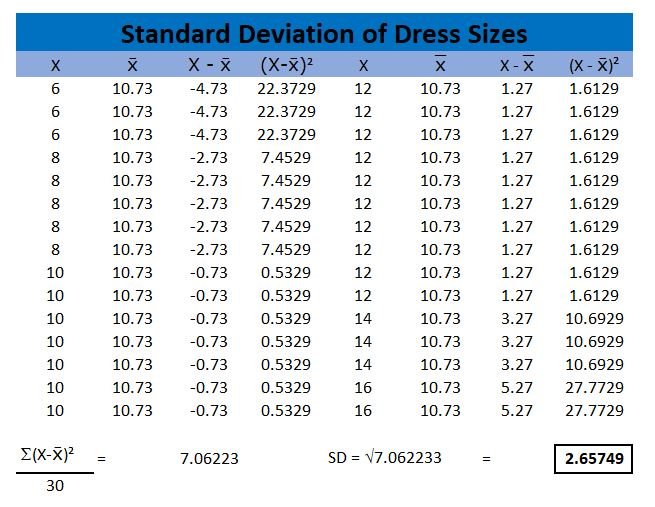B3 Techniques to Analyse Data
Unit 7: Business Decision Making
When making decisions, managers may collect data sets of quantitative information to analyse. This may include sales data and costings. Market research data may include ages of customers, time spent on activities and clothing sizes. Large data sets can be hard to analyse so a range of techniques can be used to support this process.
The mean, median and mode of a data set are average values. This means that they represent the most common numbers in a set.
The mean is calculated by adding up all the numbers in a set and dividing by the amount of numbers in that set.
The median is the middle number in a data set.
The mode is the most common number in a data set.
Use of Quartiles, Percentiles and Correlation Coefficient
When dealing with large data sets, decision makers may group data to make it easier to analyse, perform calculations and interpret results.
Quartiles are groups of data that are split into four sets. The data set is put in order of ascending or descending results and split more or less equally.
Percentiles are are the values that fall below a specified percentage. For example, if you score in the 90% percentile on the test, that means 90% of the other people scored below you.
A correlation coefficient measures the relationship between two variables. A coefficient of +1 means there is a perfectly positive correlation between the two variables, a coefficient of -1 means there is a perfectly negative correlation between the two variables and a coefficient of 0 means there is no relationship between the two variables.
Standard deviation is a measure of the dispersion of the values are in a data set. A low standard deviation indicates that the values are generally closer to the mean and a high standard deviation indicates that the values are spread further from the mean.
Software
A range of software products can support calculations that support the analysis of raw data include frequency distributions. Frequency distributions illustrate the number of times an entry occurs in a set of data.
This video talks through an example of how to create a frequency distribution using Excel

